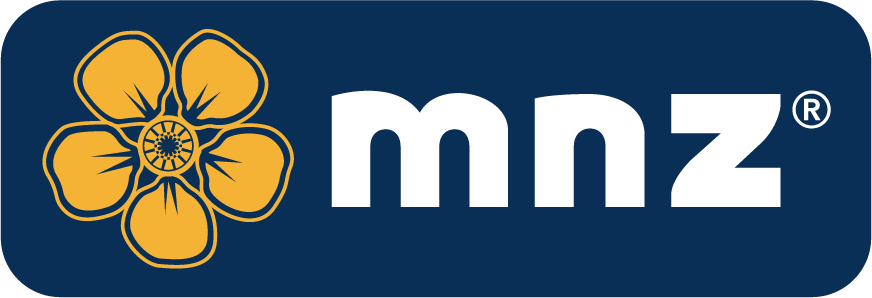Medový podvod - cukry C3 a C4
Honey fraud, where honey is adulterated or mislabelled, is a global issue. It damages consumer trust, undermines fair trade, and creates both economic and quality risks. Reliable methods are therefore essential to guarantee honey authenticity. This way, consumers know they are buying genuine honey, and producers know their products are valued correctly.
Genuine honey consists mainly of natural sugars collected by bees from flower nectar, supplemented with water, enzymes, acids, and aromatic compounds. The exact composition varies by region, season, and plant species. Fraud occurs when honey is diluted or replaced with cheaper sugar syrups from other sources such as beet, rice, wheat, or corn. These additions alter honey’s sugar profile and are often difficult to detect with basic tests.
Co jsou cukry C3 a C4?
Podmínky C3 a C4 refer to the way plants absorb carbon during photosynthesis:
- Rostliny C3 (such as sugar beet, rice, and wheat) produce Cukry C3. These have an isotopic carbon composition characteristic of this photosynthesis process.
- Rostliny C4 (such as sugarcane and corn) produce Cukry C4. Their isotopic composition differs, which allows them to be analytically distinguished from natural honey sugars.
By analysing the sugar profile of honey, it is possible to determine whether C3 or C4 sugars have been added. This is a key indicator of adulteration, since genuine honey contains only sugars from flower nectar.
How is testing carried out?
Internationally recognised testing methods are applied to detect honey fraud:
- Cukry C4 are usually detected with the AOAC 998.12 method, which uses isotope ratio mass spectrometry (IRMS). This measures differences in carbon isotopes and determines whether honey has been diluted with cane or corn syrup.
- Cukry C3 are more difficult to detect. Advanced techniques have been developed for this, including methods by FoodQS GmbH, which can sensitively identify irregularities in sugar profiles and thus reveal additions of rice or beet syrup.
How does MNZ ensure authenticity?
MNZ conducts strict analyses for both C3 a Cukry C4, carried out in New Zealand and at independent laboratories in Germany. These tests confirm that MNZ honey comes exclusively from flower nectar and has not been adulterated with external sugars.
In addition to sugar analysis, MNZ applies further quality controls, including pollen analysis, chemical marker profiling, and microbiological testing. This multi-layered approach guarantees the authenticity and purity of every batch of honey.
FoodQS GmbH
FoodQS GmbH, an exclusive partner of MNZ, specialises in the detection of honey fraud. Their innovative method for detecting C3 sugars provides far greater sensitivity than traditional tests. For C4 sugars, they apply the internationally recognised AOAC 998.12 method. Combined, these techniques enable highly reliable verification of honey authenticity.

